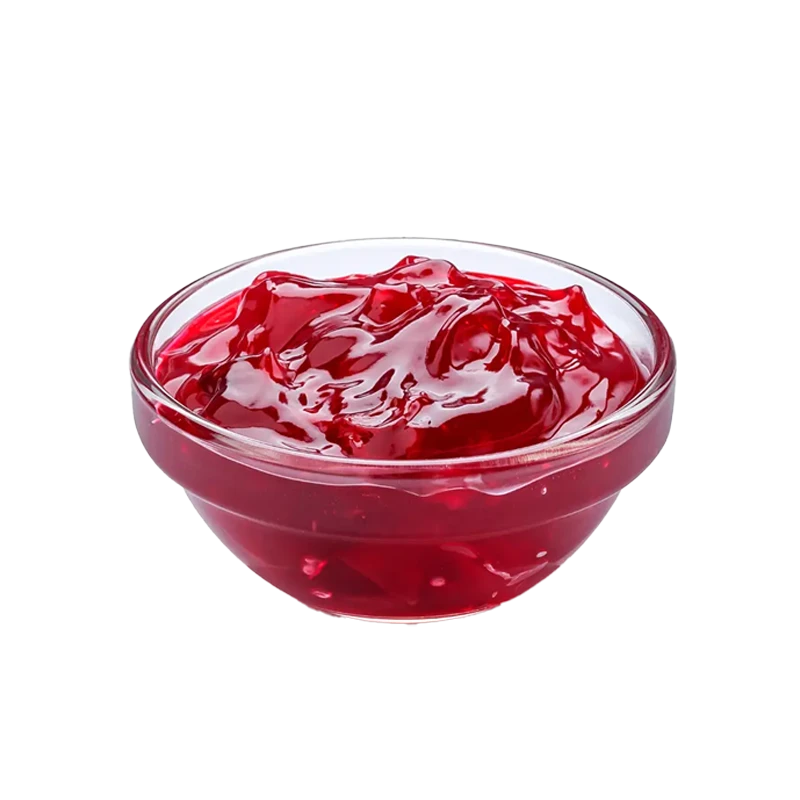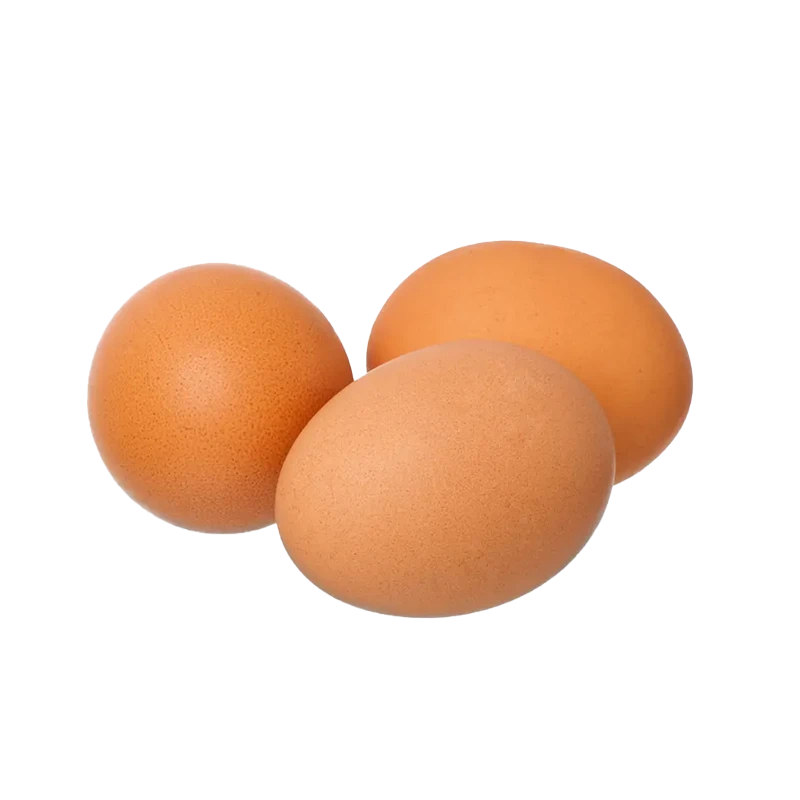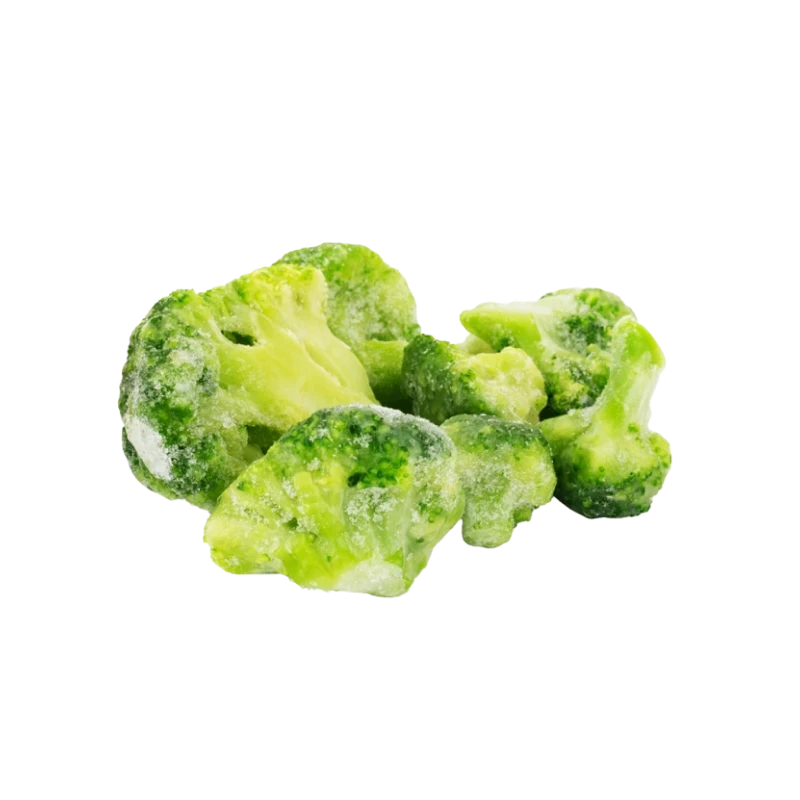Jam — Nutrients, Health Benefits, and Shopping Tips

Written by Listonic Team
Last update on September 4, 2024
Nutrition facts
Nutrition facts
Amount per 100 g
Calories
🔥 250 kcal
| Nutrients per: 100 g | Value | % Daily Value* |
|---|---|---|
| Carbs | 65 g | 23.64% |
| Fiber | 1 g | 3.57% |
| Sugars | 40 g | 80% |
| Glycemic Index | 65 | - |
| Protein | 1 g | 2% |
| Sodium | 30 mg | 1.3% |
| Total Fat | 0 | - |
*The % of Daily Value (DV) tells you how much a nutrient in a serving of food contributes to a daily diet. 2,000 calories a day is used for general nutrition advice.
Did you know?
Health benefits
- Rich in antioxidants (if made from fruits like berries), which help protect the body from free radicals and reduce inflammation.
- Provides quick energy from natural sugars, making it a good source of fuel for the body.
- Contains vitamins and minerals from the fruit content, such as Vitamin C and potassium, which support overall health and well-being.
- Enhances flavor of foods, making meals more enjoyable and palatable.
- Encourages fruit consumption, providing a tasty way to incorporate more fruit into the diet.
Health risks
- High sugar content which can contribute to weight gain, tooth decay, and increased risk of diabetes when consumed frequently.
- High calorie content which can contribute to weight gain if consumed frequently or in large portions, especially when spread on high-calorie foods like bread or pastries.
- Low nutrient density compared to fresh fruit, as the jam-making process can reduce the levels of vitamins and antioxidants.
- Potential for artificial additives such as preservatives or colorings in some commercial jams, which may cause adverse reactions in sensitive individuals.
How to choose jam
Jam should have a thick, spreadable consistency with chunks of fruit evident. The color should be bright and reflective of the fruit used. The jam should taste sweet and tangy, with a fresh fruit flavor.
Avoid jams that are overly stiff or sugary, which can mask the natural fruit flavors. Good quality jam will enhance breads and desserts with its rich fruitiness and smooth texture.

How to store jam
Jam should be stored in the refrigerator after opening. Keeping it in its original jar with a tightly closed lid helps preserve its flavor and texture. Properly stored, jam remains a sweet and tasty spread.
Leaving jam exposed can lead to spoilage and mold growth. It’s important to avoid dipping dirty utensils into the jar. Maintaining cleanliness and consistent refrigeration preserves its quality and taste.
✅ Extra Tip
How long does it last?
Jam can last for 1-2 years unopened when stored in a cool, dark place. Once opened, it should be refrigerated and used within 6-12 months.
What to do with leftovers?
Leftover jam can be used in a variety of sweet and savory dishes. Spread it on toast, biscuits, or scones for a quick and easy breakfast, or swirl it into yogurt or oatmeal for added sweetness. Jam is also great as a filling for thumbprint cookies, adding a burst of fruity flavor.
Use jam as a glaze for meats like pork or chicken, where its sweetness adds a delicious contrast to savory flavors. If you have a lot of jam, consider using it in a fruit tart or as a filling for a layer cake. Jam can also be stirred into salad dressings for a fruity twist, or mixed into a sauce for desserts like cheesecake or ice cream. For a quick snack, spread jam on crackers with cream cheese or goat cheese for a sweet and savory bite.
👨⚕️️ Medical disclaimer
How jam supports specific health conditions
Jam is a sweet spread made from fruit and sugar, providing some of the vitamins and antioxidants found in fruits, such as vitamin C, which supports immune health.
However, due to its high sugar content, jam should be consumed in moderation to maintain blood sugar control. Choosing jams made with less added sugar and pairing them with fiber-rich foods, like whole-grain bread, can help reduce the impact on blood sugar levels while still enjoying the fruit flavor.
Discover products from other categories
Listonic Team
Fact-checked
Our editorial team checked this article to make sure it was accurate at the time of publishing it.
Get the top-rated shopping list app







